Government, Politics & Law
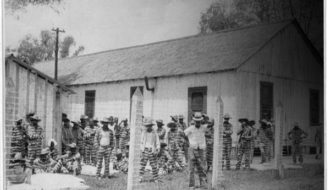
Louisiana State Penitentiary at Angola
Founded in the early nineteenth century during a time of radical penal reformation, the Louisiana State Penitentiary at Angola is one of the nation's largest prisons.

Founded in the early nineteenth century during a time of radical penal reformation, the Louisiana State Penitentiary at Angola is one of the nation's largest prisons.
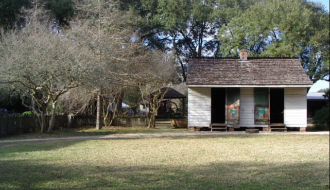
The LSU Rural Life Museum is an outdoor complex of southern rural vernacular buildings located in Baton Rouge.
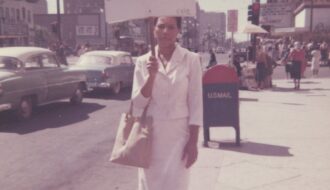
As early as the antebellum era, Louisiana women fought for the rights of African Americans in the abolitionist movement.
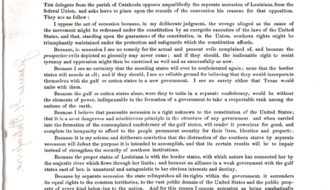
Louisiana seceded from the Union on January 26, 1861, although many in the state opposed the decision.
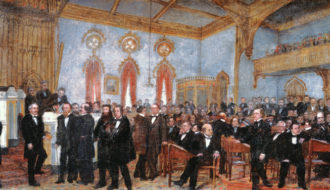
The election of Abraham Lincoln and threats to slavery’s expansion were two major factors in Louisiana’s decision to leave the Union.
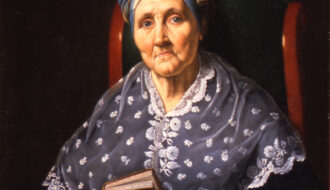
Italian painter Luigi Marie Sotta, a skilled and significant artist well versed in French academic practice, worked for at least two seasons in New Orleans.
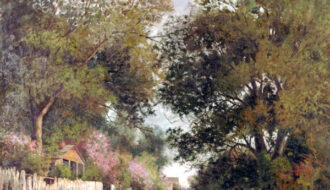
Though remembered for being a talented landscape painter, Lula King Saxon was also a writer, musician, poet, singer, and actress.
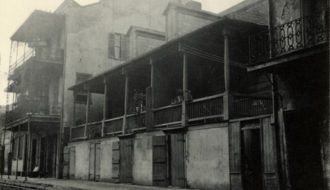
Madame John's Legacy derives its national landmark status not only from its architectural significance but also from its real and fictional associations with the French Quarter's French and Spanish colonial society.
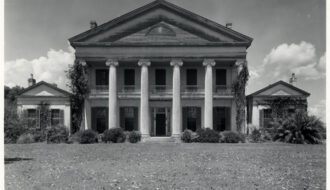
Greek Revival Madewood Plantation was one of Henry Howard's first commissions and helped launch his successful architectural practice.

Madisonville became an important Louisiana shipbuilding center, boasting four shipyards by the late nineteenth century.
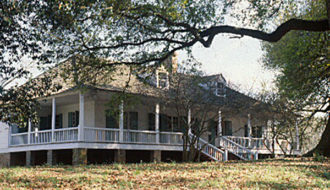
The antebellum Magnolia Mound plantation in Baton Rouge, Louisiana was constructed in the 1790s.
Pat and Jack Holden moved Maison Chenal Plantation eleven miles to its current location before meticulously restoring it as their residence.
One-Year Subscription (4 issues) : $25.00
Two-Year Subscription (8 issues) : $40.00